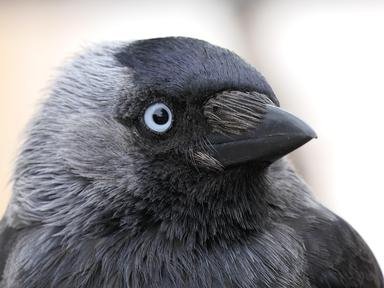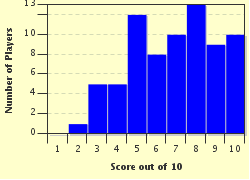Quiz Answer Key and Fun Facts
1. This large, flightless, black and white seabird (Pinguinus impennis) could hold its breath for 15 minutes under water (longer than a seal). Which bird, considered extinct globally from the 1840s, does this describe?
2. Despite its name, this small wading bird (Charadrius alexandrinus) of about 15-17cm in length can no longer be found in the British Isles. Of the four possible answers below, only the correct answer is a real bird: can you spot it?
3. Although once a common visitor to Britain, this bird saw a sharp decline in its numbers during the twentieth century and ceased to be a resident after 1988, although there are recent promising signs of a return. Which carnivorous passerine, eating insects as well as small animals, does this describe?
4. This noble bird (Otis tarda) has been considered extinct in Britain since the last known specimen was shot in the 1830s although it can still be found in South and Central Europe and parts of Asia. Which bird, possibly the largest flying land animal, and which still appears on the coats of arms of both Wiltshire and Cambridgeshire, is so described?
5. Also known as the landrail, this bird (Crex crex) is still found abundantly in some parts of the world but only rarely in the British Isles. Males have a distinctive repetitive grating call. Which bird is so described?
6. One of my favourite bird sounds is the haunting cry of this symbol of the Northumberland National Park, placed on the Royal Society for the Protection of Birds' (RSPB) red list in 2015. To which elegant, curve-billed moorland bird am I referring?
7. Which songbird, once considered quintessentially British, is now much more rarely seen and heard? Hint: Its name is derived from its penchant for singing at sunset when few other birds are singing and consists of a loud mix of trills, gurgles and whistles.
8. The Baltimore oriole is well known in the U.S.A. where it even has a baseball team named after it.
Which distant cousin with dramatic yellow and black colouration is a rare visitor to the British Isles?
9. Which small species of falcon, another bird red-listed in Britain by the RSPB in 2015, shares its name with a character from Malory's 'Le Morte d'Arthur'?
10. The humble house sparrow has now (2015) been placed on the red list thanks to a population crash. Once the most common breed in British gardens, the RSPB estimate what level of decline for this species between 1977 and 2008?
Source: Author
jon541
This quiz was reviewed by FunTrivia editor
Tizzabelle before going online.
Any errors found in FunTrivia content are routinely corrected through our feedback system.

